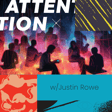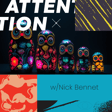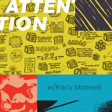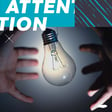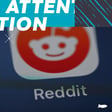
The 4 Mistakes Marketers Make With Lead Magnets (& How to Fix Them)
Alastair McDermott, founder of The Recognized Authority, shared valuable insights about lead magnets and the crucial mistakes many marketers make. In this episode, we'll delve into the four mistakes Alastair highlighted and explore how you can avoid them to create effective lead magnets that drive sales and engage the right audience.
Timestamps:
[00:00:02] Deep dive on lead magnets, game-changing insights.
[00:04:29] Building a list is important, but not everything for lead magnets. Focusing on sales is crucial in B2B.
[00:08:35] Created various lead magnets with helpful info.
[00:09:50] Misalignment leads to disinterest and wrong audience.
[00:15:04] Process with steps and sub-steps explained.
[00:19:28] Give solution upfront, add supporting materials. Soft sales approach, limited offer later.
[00:21:35] Checklist guides action and provides momentum for success.
[00:25:07] Importance of feeling pain and taking action.
[00:26:53] Building personal brand, authority; urgency & momentum.
[00:29:54] High pressure marketing, love/hate relationship, Russell Brunson.
[00:34:35] Scheduled webinars and on-demand recordings pretense.
[00:36:16] Cohort challenges help with progress and alignment.
[00:39:27] Funny pain point: 12 lead magnets, split testing, voting.





